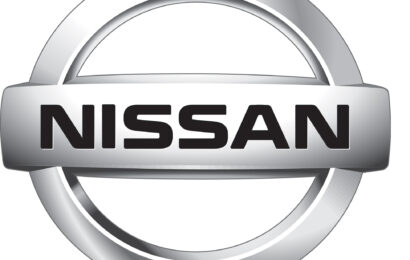Two Japanese automakers, including Honda Motor, issued profit warnings for the current financial year on worries a stronger yen would erode their operating earnings, wiping out the impact of record high global vehicle sales.
The outlook highlights fears of a rising yen disrupting an export-led recovery of Japan’s economy. For the country’s automakers, it is a double whammy: they have to battle currency fluctuations even as they navigate mounting competition in their biggest markets, China and the United States.
Honda on Friday forecast a surprise 16 percent drop in operating profit to 700 billion yen ($6.40 billion) for the year to March 2019, versus a consensus estimate for a rise, while Mazda Motor Corp projected a wider-than-expected drop of 28 percent to 105 billion yen.
“Last year our forex rate was 111 yen and this year we are expecting 105 yen, so we’ll feel a big currency impact from exports of auto parts and finished vehicles,” Honda’s senior managing director, Kohei Takeuchi, told reporters at a briefing.
A firmer yen eats into profits repatriated from abroad and raises the cost of exported vehicles and parts, making Japanese products less competitive overseas and denting margins.
Analysts have been lining up to call a higher yen, with some saying the dollar could drop to as low as 100 yen in the coming months, from around 109 yen now, on expectations the yen’s traditional safe-harbour status would draw in investors made nervous by the risk of tighter U.S. trade restrictions.
This would be a big cause for concern for export-reliant Japanese companies. Electronics and entertainment firm Sony Corp has already sounded the alarm, saying its annual profit will drop 8.8 percent partly due to a firm yen.
Mazda, the country’s No.5 automaker, is particularly vulnerable to currency swings as it counts North America as a top market but does not produce any vehicles in the United States.
Honda, Japan’s No. 3 automaker, locally produces most of the cars it sells in the United States, providing it some cushion against dollar fluctuations.
Both automakers are determined to boost sales in North America, the world’s No.2 auto market, where competition has intensified amid a slowdown in overall sales growth, while demand has dropped for sedans – a mainstay of Japanese automakers in the region.
Their grim profit forecasts mask what is expected to be a year of record-high global sales, led by a growth of about 5 percent in North America as the two automakers aim for higher sales of their SUV models, including Honda’s CR-V crossover and Mazda’s CX-5 and CX-9 crossovers.
Honda also expects slightly higher sales in Asia where its sales have doubled over the past five years, mainly underpinned by China, the world’s top auto market.
Earlier this year, Mazda announced it and Toyota would jointly build a plant in the U.S. state of Alabama where it would manufacture a new SUV crossover model.
Production at this new plant, which is planned for 2021, will enable Mazda to eventually sell 2 million vehicles, versus 1.66 million expected this year, the automaker said.
“At the moment we build nearly 1 million cars in Japan, but to better deal with issues including forex, we plan to build roughly 1 million cars overseas,” CEO Masamichi Kogai said.
—-Reuters







